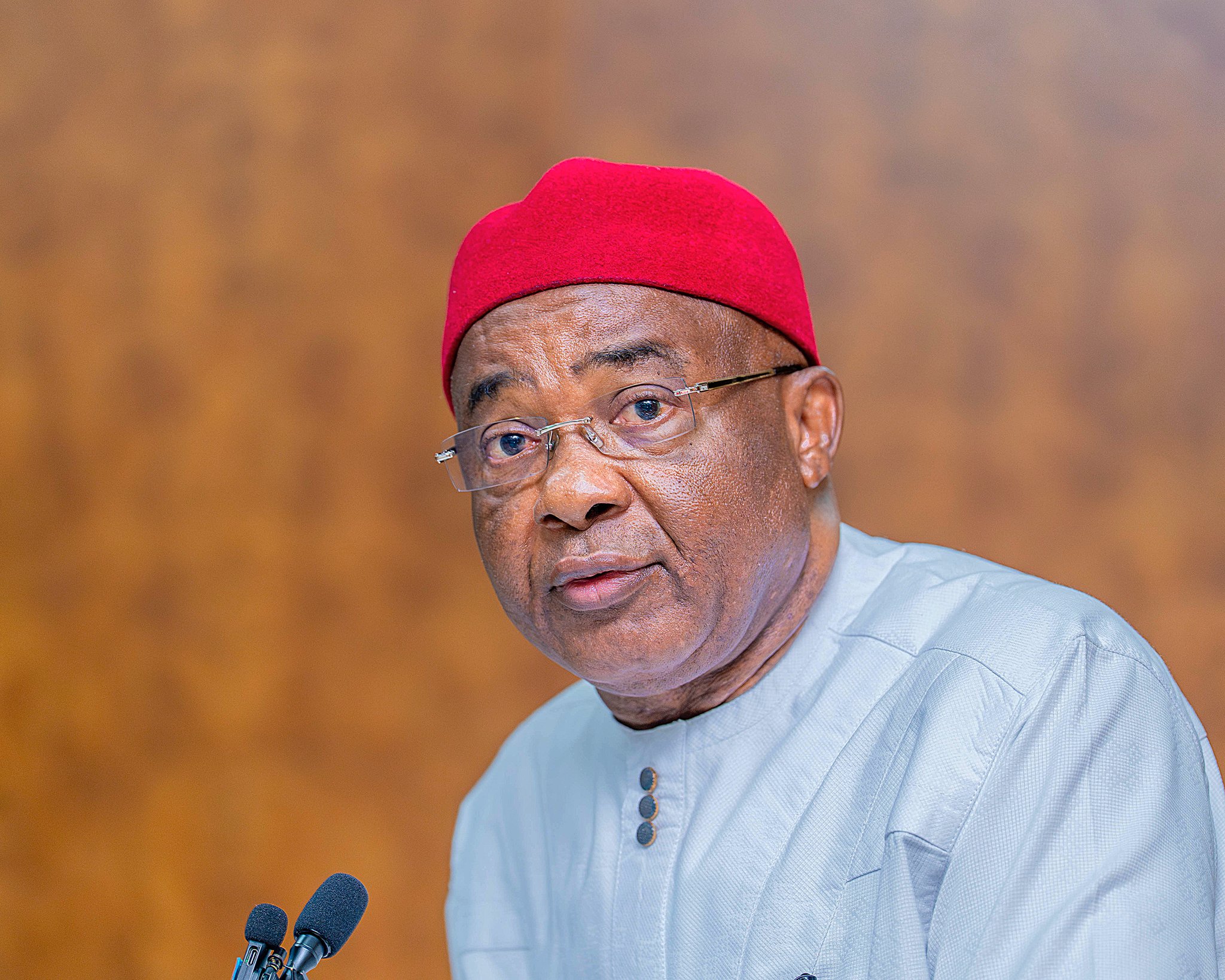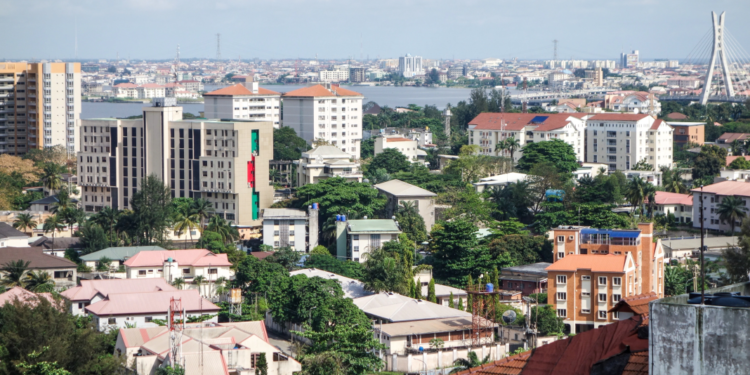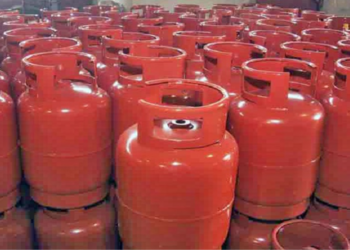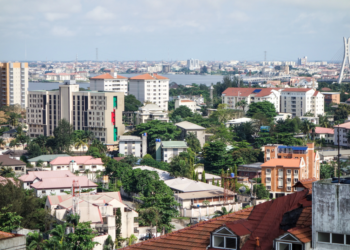Despite a marginal 4.89% year-on-year (YoY) decline in total subnational debt, Nigeria’s 10 most indebted states saw their combined debt rise by 2.49% YoY in Q1 2025, reaching N2.48 trillion, up from N2.42 trillion in Q1 2024.
The debts of these states combined now account for 64.05% of the country’s total subnational debt.
The debt profile of Nigerian states has seen significant shifts in Q1 2025, with Lagos maintaining its position as the most indebted state despite a year-on-year (YoY) decline.
Meanwhile, states like Rivers, Enugu, and Niger recorded staggering increases in their debt burdens.
The latest data released by Debt Management Office (DMO) shows a reshuffling in Nigeria’s subnational debt landscape, driven by a blend of fiscal constraints, infrastructure ambitions, oil revenue shifts, and tighter federal allocations.
This analysis explores the debt trends of the top 10 states and the key factors driving their year-on-year changes.
The 10 most indebted Nigerian states in Q1 2025

Imo reduced its debt from N163.06 billion in Q1 2024—a notable 25.12% drop to N122.09 billion, following higher oil revenue allocations. Imo state debt contributed 3.16% to the total subnational debt profile, and 4.93% to the top 10 indebted states in the country.
This state’s decline is driven by successful debt renegotiations, better cash management, and fewer new capital commitments.
According to Governor Hope Uzodimma during the State of Imo Address at the State House of Assembly in Owerri on June 25, 2025, the state has witnessed a significant reduction in its debt profile, slashing it from N259 billion in 2020 to N99 billion in 2025 without resorting to fresh borrowing.
The state administration emphasized cost control, transparency, and accountability in public finance, which helped reduce recurrent expenditure and free up funds for debt servicing. Also, Imo’s IGR reportedly grew from N400 million in 2020 to nearly N4 billion in 2025, driven by digital reforms, tax system modernization, and improved compliance.
Furthermore, the government focused on completing existing projects rather than initiating new ones, thereby reducing the need for additional borrowing. Over 120 roads and major infrastructure like the Emmanuel Iwuanyanwu International Centre were completed using internally sourced funds.






















